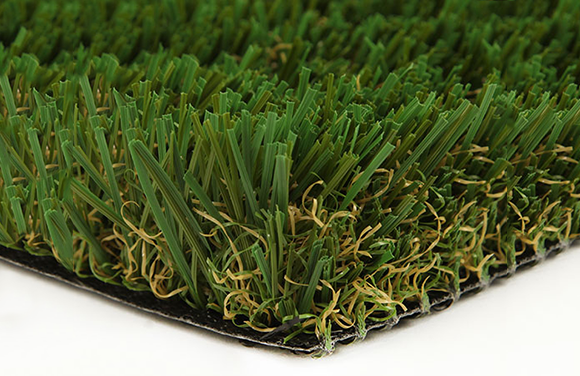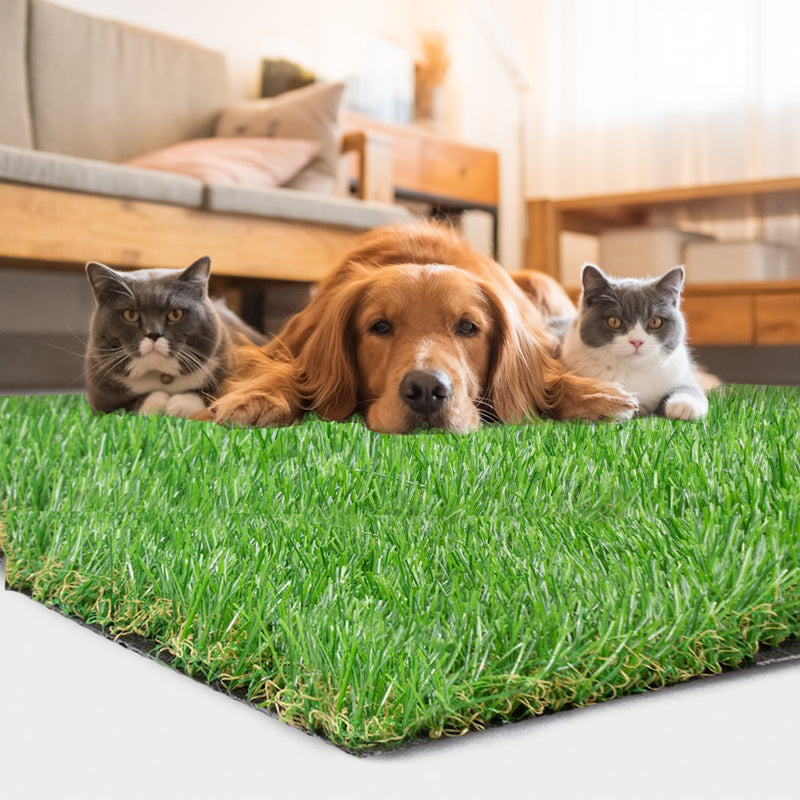Personalized Turf Installation Phoenix AZ for Residences, Businesses, and Play Areas
Personalized Turf Installation Phoenix AZ for Residences, Businesses, and Play Areas
Blog Article
Explore the Environmental Perks of Opting for Artificial Turf Solutions
The fostering of fabricated turf remedies presents a compelling possibility to attend to pushing ecological challenges. By dramatically lowering water usage and minimizing the application of dangerous chemicals, these options not just advertise sustainable landscape design yet also secure regional environments.
Water Conservation Benefits
One of the most considerable advantages of man-made turf is its capability to conserve water. In comparison, artificial grass does not need watering, considerably reducing the general need for water sources.
By removing the need for normal watering, synthetic grass adds to lasting landscape techniques and helps alleviate the environmental impact of too much water consumption. Additionally, the preservation of water includes the reduction of runoff, which can result in dirt disintegration and waterway pollution.
Furthermore, the installment of synthetic grass allows districts and property owners to assign water resources a lot more successfully, concentrating on vital uses such as alcohol consumption water and agriculture. The shift towards synthetic turf not just advertises responsible water use however also straightens with more comprehensive environmental goals targeted at protecting natural deposits.
As communities significantly prioritize sustainability, the water preservation benefits of artificial lawn present a compelling instance for its fostering in industrial and domestic landscaping jobs.
Reduced Chemical Usage
The shift to synthetic grass significantly decreases the reliance on chemical treatments typically utilized in natural turf upkeep. Conventional grass administration usually involves the application of plant foods, herbicides, and chemicals to advertise growth and control bugs. These chemicals can posture threats to human health and wellness, neighborhood wild animals, and the atmosphere, adding to soil and water contamination.
In comparison, man-made lawn eliminates the requirement for these hazardous substances. By minimizing the launch of synthetic compounds into the community, fabricated lawn promotes much healthier soil and water systems.
Furthermore, the absence of chemical runoff related to synthetic grass setups assists protect local rivers from pollution, sustaining aquatic life and maintaining biodiversity. Artificial turf companies phoenix. As areas progressively prioritize sustainable techniques, opting for synthetic grass offers a sensible solution that aligns with environmental conservation goals. Via this change, homeowner can delight in lush environment-friendly areas without endangering environmental health and wellness, paving the method for an extra sustainable future
Lower Carbon Impact

Furthermore, the installment of synthetic grass can result in significant water conservation. Natural grass need substantial amounts of water for irrigation, which not only includes in the carbon footprint connected with water extraction and therapy yet likewise pressures local Discover More Here water sources. In comparison, synthetic grass needs very little maintenance, requiring no watering, thereby dramatically minimizing water usage and its connected power expenses.
Furthermore, the longevity of synthetic grass adds to its reduced carbon effect. With a lifespan of as much as 15 years or even more, the need for frequent substitutes is decreased, resulting in less waste and lower power intake in production and disposing of standard yard choices. On the whole, fabricated recommended you read grass presents a sustainable alternative for environmentally aware landscaping.
Environment Conservation
Environment conservation is an essential factor to consider in the dispute over landscape design choices, specifically when contrasting man-made lawn to natural lawn. Natural lawn yards often require extensive upkeep, including the usage of fertilizers, pesticides, and herbicides, which can negatively influence local ecosystems. These chemicals can leach right into the dirt and waterways, hurting indigenous flora and animals and interrupting regional environments.
Fabricated lawn eliminates the need for dangerous chemicals, therefore shielding close-by wildlife and keeping the integrity of surrounding ecosystems. The installation of artificial lawn can lead to the conversion of previous turf locations into even more biodiverse landscapes, such as pollinator gardens or native plant locations, which can sustain neighborhood wildlife.
Inevitably, the shift to synthetic grass not just preserves water and minimizes upkeep initiatives however additionally fosters a more harmonious relationship between human activities and the native environment, promoting environment conservation in the procedure.
Long-Term Sustainability
Long-lasting sustainability is an important variable in examining the benefits of synthetic grass over standard yard lawns. Among the most substantial benefits of synthetic turf is its longevity; it can last up to 15-20 years with very little upkeep, whereas natural lawn requires frequent reseeding and substitute. This durability reduces the demand for consistent resources, such as water, plant foods, and pesticides, which are important for preserving a healthy yard yard.
Furthermore, man-made grass adds to a reduction in carbon emissions connected with grass care tools. Conventional directory grass commonly call for gas-powered lawn mowers, trimmers, and blowers, all of which add to air pollution. Arizona artificial turf. On the other hand, man-made grass removes the need for such equipment, promoting a cleaner environment
Additionally, the production of artificial turf increasingly makes use of recycled products, improving its sustainability account. As producers embrace green practices, the environmental footprint of synthetic grass continues to diminish.

Conclusion
The fostering of fabricated lawn services offers substantial ecological benefits, consisting of substantial water preservation, reduced reliance on harmful chemicals, and a lower carbon footprint. Moreover, synthetic turf aids in preserving natural environments by decreasing land disruption and promoting long-term sustainability with making use of durable materials. Jointly, these elements emphasize the capacity of fabricated turf to contribute positively to environmental wellness and supply a viable option to traditional landscaping methods in a progressively resource-conscious world.
In comparison, fabricated grass does not require watering, dramatically reducing the general demand for water sources. By reducing the release of artificial substances right into the environment, synthetic grass promotes healthier soil and water systems.
Additionally, the setup of artificial turf can result in substantial water preservation. In comparison, fabricated grass needs marginal upkeep, requiring no watering, therefore significantly decreasing water use and its connected energy costs.

Report this page